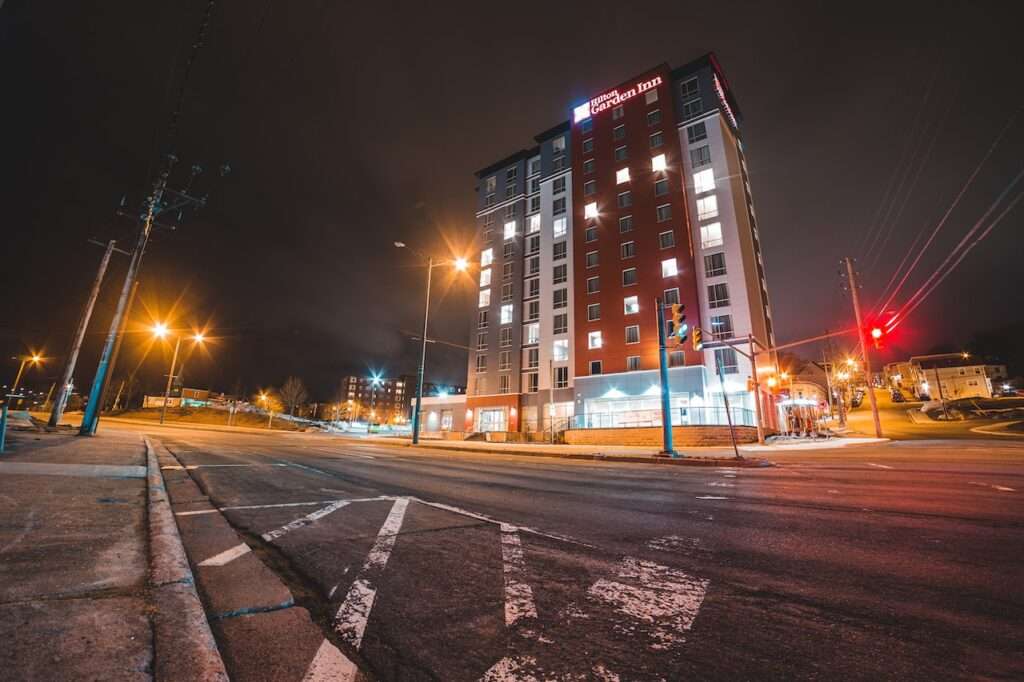
The threats to human health have increased tremendously in the last two decades due to urbanization. As per a recent study, more than 80% of the human population is directly affected by artificial light pollution. It can be in many forms including street lights, screen lights, bright mobile displays, etc. High artificial light disrupts the circadian cycle which results in various health issues including cancer, obesity, neurodegeneration, and sleep disorder. The following are the key points to understanding the impacts of advanced artificial lights on human health.
Artificial light at night
Artificial night light is essential for the development of society and also for social security. However, excess light has serious negative impacts on human health as well as on the environment. As per IDSA, light pollution is “the inappropriate or excessive use of artificial light that can have serious environmental consequences for humans, wildlife, and our climate”
In addition to the intensity of light, the spectrum and timing of light pollution are the key reasons for the different threats to human health. For example, blue light on mobile or computer displays, especially at night is more harmful than other artificial lights.

How does it affect you?
As per the existing literature, mostly it affects human health by altering the circadian cycle, patterning of molecular clocks, pineal gland, and melatonin homeostasis. The circadian rhythm of human beings consists of internal biological clocks (pineal gland) that synchronize with external environmental conditions including light to maintain proper timekeeping. A healthy circadian system of humans regulates metabolism, cardiac functions, neurological functions, sleep/wake behaviors, and other physiological and behavioral functions. However, high artificial light especially at night changes these cycles that induce many disorders. On the other hand, there is a large knowledge gap in detailed toxicological mechanisms of artificial light pollution.
For more details read “Artificial lights are the biggest enemy of your future!“
Regulation of artificial light pollution
Artificial light can not be completely avoided since it has multiple benefits to society including economic and social security. At the same time, threats to human health from artificial light can not be ignorable. For the same, many nations have issued regulatory norms to control light pollution going above the horizontal to minimize environmental damage. In addition, the shielding of excess lights from the outdoor environment is crucial to managing the same. There are many nations where regulatory norms for light pollution are lacking. If it is not regulated by the norms, then we may have to wear sunglasses at night to protect ourselves from artificial lights. Whereas, regulation of light emitting from mobile or computer displays is not possible through the norms only. Hence, individual awareness about the health impact of artificial light is crucial to managing the implications.
How to reduce light pollution as an individual?
- Place all the outdoor lights close and directed to the ground.
- Choose light intensity as per the requirement.
- Use filters to reduce blue, violet, and ultraviolet wavelengths.
- Use time or motion sensors to switch on/off lights.
- Each light should be placed according to its specific usage.
- Do not use excess decorative lighting.
- Use more LEDs and compact fluorescent lights (CFLs) to reduce energy consumption.
- Spread more awareness about light pollution and its impact.
- Change the lighting in your house or street lighting which enters the neighboring houses.
- Use dim and glare-free lighting while driving at night.
- Use glow stones in place of electric light to line pathways, steps, outdoors, etc.
- Avoid blue light at night especially coming from a display or mobile.
Conclusion
The impacts of advanced artificial lights on human health and the environment are serious as per the existing knowledge. However, regulatory norms of many nations to control excess artificial light is lacking. As an individual, it is important to understand the consequences of excess artificial light in your surroundings. In addition, what we can do as an individual to reduce the threats of light pollution?

